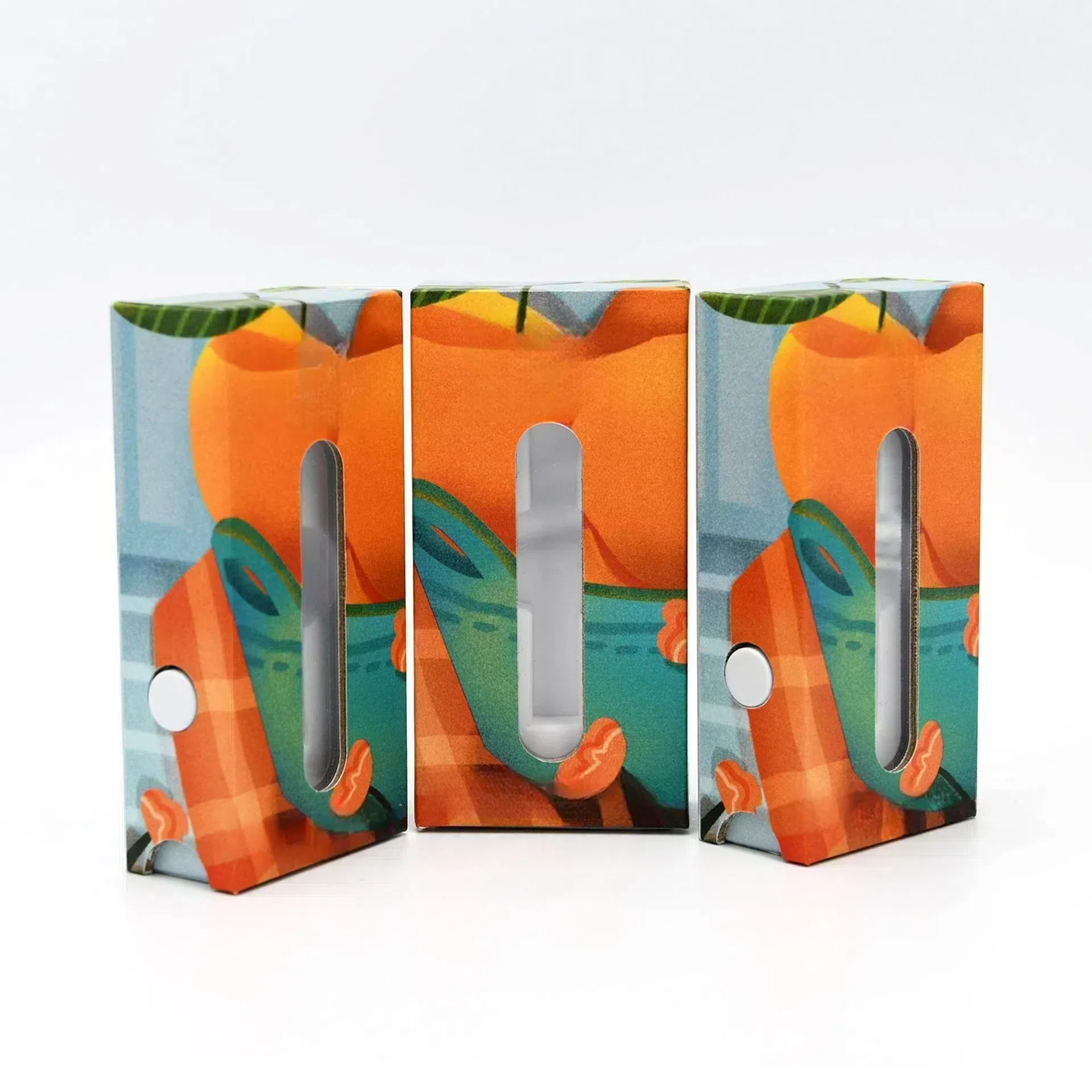As vaping continues to grow in popularity, the safety of these products has become a paramount concern. One crucial aspect of ensuring safety is the implementation of child-resistant packaging for vape cartridges. This packaging prevents accidental ingestion or misuse by children while remaining convenient for adult consumers. Let's delve into the significance of child-resistant packaging for vape cartridges, the features that make it effective, and the policies governing it in different countries.
Why Child-Resistant Packaging is Essential
1. Safety Concerns Vape cartridges often contain substances that can be harmful or even fatal if ingested by children. Nicotine, in particular, poses a significant risk due to its toxic nature. Child-resistant packaging minimizes the chances of accidental poisoning, protecting young children from potential harm.
2. Legal Requirements In many regions, child-resistant packaging for vape products is mandated by law. Regulatory bodies have established strict guidelines to ensure that vaping products are not easily accessible to children. Compliance with these regulations is not only a legal obligation but also a demonstration of a company's commitment to consumer safety.
3. Brand Reputation Companies that prioritize safety and adhere to child-resistant packaging standards are more likely to earn the trust and loyalty of their customers. Investing in secure packaging helps brands differentiate themselves in the market and build a positive reputation.
Key Features of Effective Child-Resistant Packaging
1. Tamper-Evident Seals Tamper-evident seals provide a clear indication if the packaging has been opened or tampered with. This feature adds an extra layer of security, ensuring that the product remains intact until it reaches the end user.
2. Push-and-Turn Mechanisms One common design for child-resistant packaging involves push-and-turn mechanisms, similar to those found on prescription medication bottles. These mechanisms require a combination of actions that are difficult for young children to perform but manageable for adults.
3. Squeeze-and-Turn Caps Squeeze-and-turn caps are another effective design, requiring users to squeeze the sides of the cap while turning it to open. This type of packaging is challenging for children to open, reducing the risk of accidental exposure.
4. Secure Blister Packs Blister packs with individual compartments for each cartridge provide a secure and tamper-proof solution. The packaging material is often thick and difficult to penetrate, ensuring that the cartridges remain safely enclosed until use.
5. Clear Labeling and Instructions Effective child-resistant packaging includes clear labeling and usage instructions. This helps ensure that adult consumers understand how to open the packaging correctly while keeping it secure from children.
Child-Resistant Packaging Policies in Different Countries
United States In the United States, the Poison Prevention Packaging Act (PPPA) of 1970 requires certain household substances, including nicotine-containing vape products, to be in child-resistant packaging. The Consumer Product Safety Commission (CPSC) enforces these regulations. Vape cartridges must meet specific testing protocols to ensure they are not easily opened by children under five years old.
Canada Canada's Consumer Chemicals and Containers Regulations (CCCR), 2001, under the Hazardous Products Act, mandates child-resistant packaging for certain consumer products, including nicotine-containing vape cartridges. These regulations ensure that packaging is designed to prevent children from accessing harmful substances. The Canada Consumer Product Safety Act (CCPSA) also plays a role in regulating child-resistant packaging.
Europe In Europe, child-resistant packaging requirements are governed by the CLP Regulation (Classification, Labelling and Packaging), which aligns with the Globally Harmonized System (GHS). This regulation requires child-resistant packaging for substances that pose a significant risk to children, including vape cartridges containing nicotine. The European Chemicals Agency (ECHA) oversees the implementation of these regulations.
Conclusion
Child-resistant packaging for vape cartridges is a vital component of product safety and consumer protection. By incorporating features such as tamper-evident seals, push-and-turn mechanisms, and clear labeling, manufacturers can significantly reduce the risk of accidental ingestion or misuse by children. As the vaping industry continues to grow, prioritizing safety through effective packaging will remain essential for protecting consumers and maintaining trust in the market.



